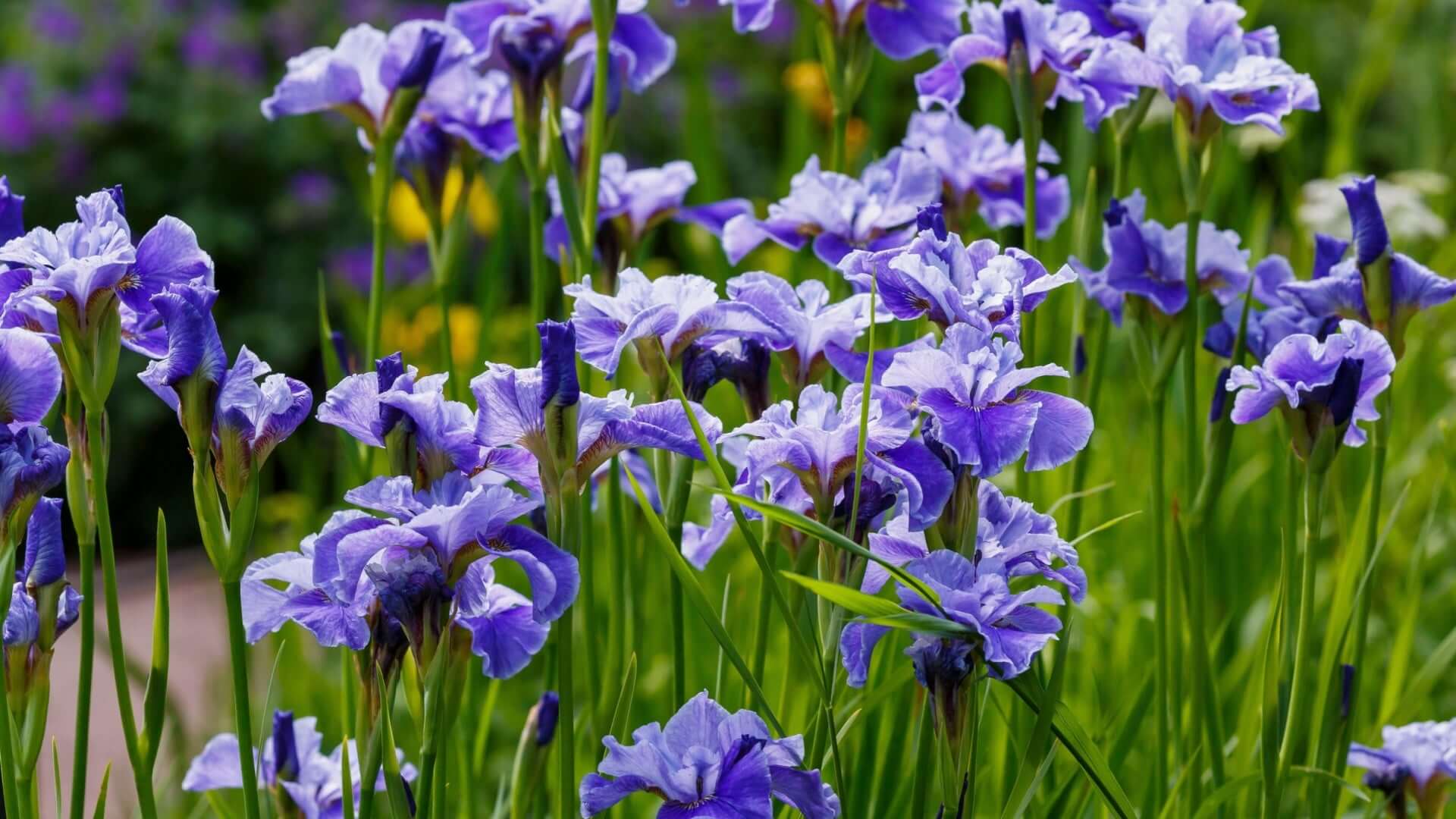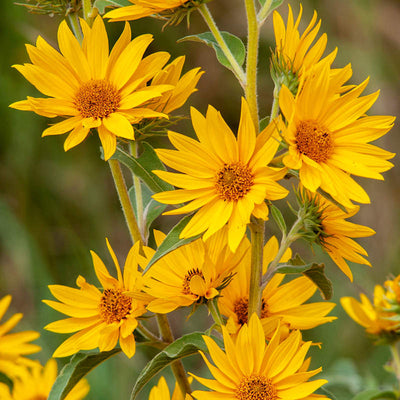
Exploring Siberian Iris
Share
When Should Siberian Iris Be Planted?
Siberian irises are among your garden's most adaptable and low-maintenance blooming plants. The best time to plant Siberian iris is spring or late summer to early fall. By planting in spring, you allow the irises a ton of time to confirm themselves before the growing season begins. The weather is warmer, and the soil is more workable after winter, providing ideal conditions for the roots to develop.
Planting Siberian irises in late summer to early fall is also a good option because it allows the plant to settle in before the frost arrives. This method enables the roots to establish themselves in excellent soil, which is ideal for this type of iris. This timing works best in regions with milder winters because the iris can acclimate to its surroundings without being overwhelmed by harsh conditions.
If you plant in the fall, give the irises ample time to root before winter. This will ensure they have a strong start when spring comes around again. When planting, ensure the rhizomes are set slightly below the soil's surface, with a thin layer covering them. This positioning encourages healthy growth while preventing rot, a concern for any garden iris.
Where is the Best Place to Plant Siberian Irises?
Finding the perfect location for your Siberian irises is vital to guaranteeing their long-term health and performance. These resilient plants are versatile and thrive in various settings, but a few specific conditions suit them best. Siberian irises are native to temperate climates and prefer moderately fertile, well-drained soils. A location with loamy soil that retains moisture without becoming waterlogged is ideal. Heavy clay soils, which can suffocate roots and lead to rot, should be amended with organic matter or compost to improve drainage.
Siberian irises are particularly striking when planted near water features, like ponds or streams, as they naturally enjoy moist but not waterlogged soil. However, they also do well in regular garden borders, provided they receive adequate moisture. You may also find that they flourish in slightly raised beds or along garden edges, where their fine foliage and delicate blooms can enhance the landscape's texture.
Avoid placing Siberian irises in areas with poor air circulation or heavily shaded spots when choosing a site. Good airflow helps prevent fungal diseases, which can sometimes affect irises. Additionally, while Siberian irises are drought-tolerant once established, ensuring they have consistent moisture during their first growing season is essential. This early hydration helps them build the robust root systems they need to survive harsher conditions later.
Do Siberian Irises Like Full Sun or Shade?
Siberian irises are adaptable regarding light requirements but function best when planted in complete sun to partial shade. Aim for optimal flowering for a spot that acquires at least six hours of unaffected sunlight daily. In full sun, Siberian irises produce more vibrant blooms and healthier foliage, making them an eye-catching addition to your garden during their blooming period, typically in late spring to early summer.
Some afternoon shade can shield the plants from the extreme heat in regions with sweltering summers. Siberian irises are known for being more heat-tolerant than other iris varieties, but they still appreciate some relief during the hottest part of the day. Partial shade, especially during the afternoon, can prevent the blooms from wilting or fading too quickly, and it helps the foliage maintain its lush appearance.
However, planting Siberian irises in less shade can result in fewer flowers. The plants may survive in deeply shaded areas, but the lack of sunlight will affect their growth and blooming capacity. For this reason, it's best to strike a balance-ensuring that your irises get ample light without being exposed to overly harsh conditions.
Do You Cut Back Siberian Iris in the Fall?
One of the beauties of growing Siberian irises is their relatively low maintenance, but a crucial part of their care is cutting them back at the appropriate time. The foliage will begin to yellow in the fall and die back naturally after the blooms have faded. This is the ideal time to cut them back, as removing the spent foliage helps the plant preserve energy for the following growing season.
To cut back Siberian irises, use clean, sharp pruners and trim the leaves to about two to three inches above the ground. Doing so prevents lingering pests or diseases from overwintering in the dead foliage. Removing the yellowed leaves also improves the appearance of your garden beds and reduces the risk of fungal issues in the spring.
Some gardeners opt to leave the foliage intact until the first hard frost, as it can provide additional winter interest, especially if you enjoy the look of frost-covered seed pods or spent blooms. However, from a maintenance perspective, cutting back in early fall ensures a cleaner, healthier garden. After trimming, consider applying a mulch coating near the plants' base to protect the rhizomes from freezing temperatures, particularly in colder climates.
By cutting back Siberian iris in the fall, you're helping to promote robust growth for the coming year. With their neat, grass-like leaves and bold flowers, these plants will reward your efforts with stunning blooms and an elegant garden presence year after year. Whether you plant them for their beauty, hardiness, or ease of care, Siberian irises will continue to stand out in any garden.






